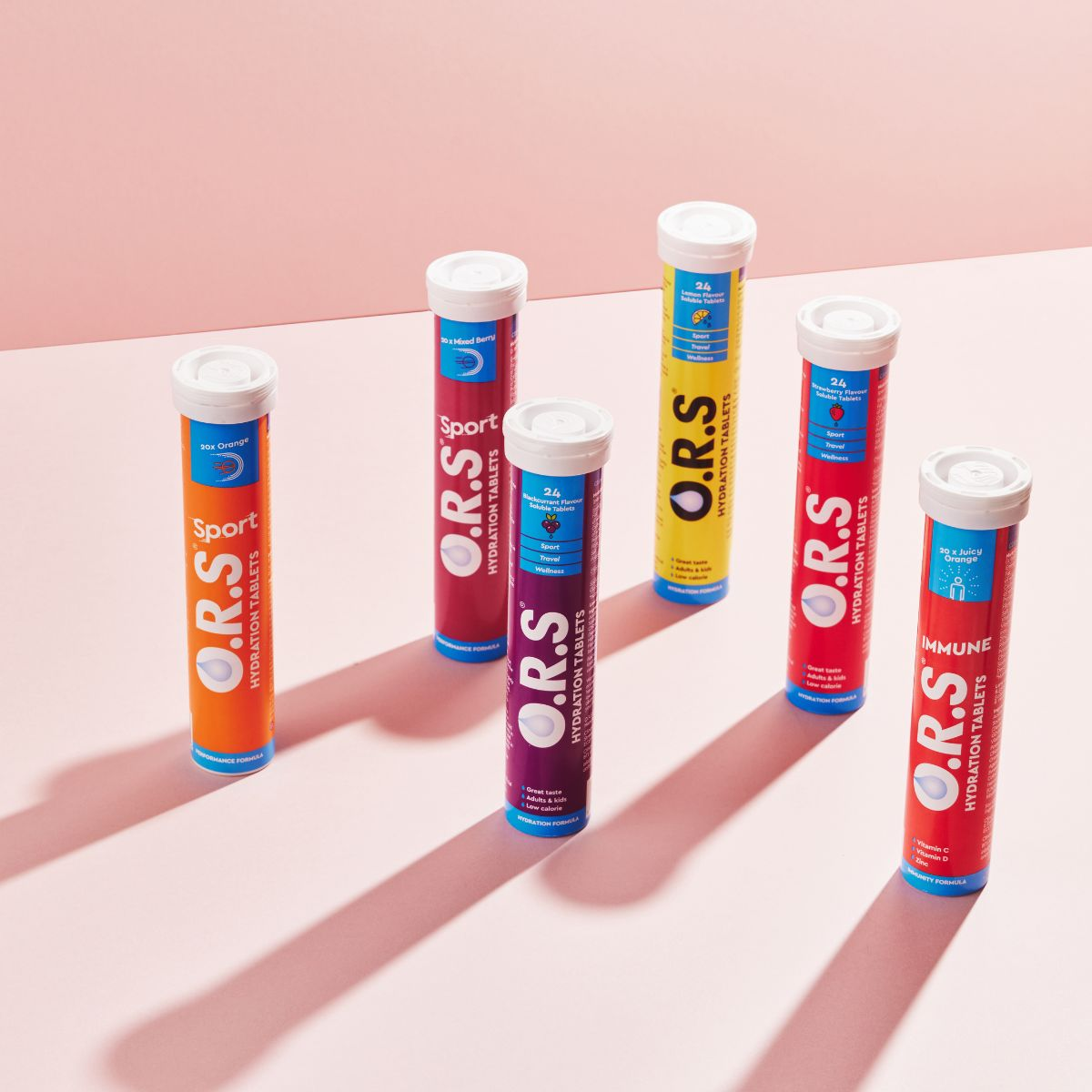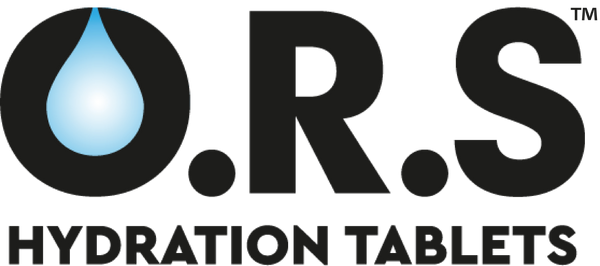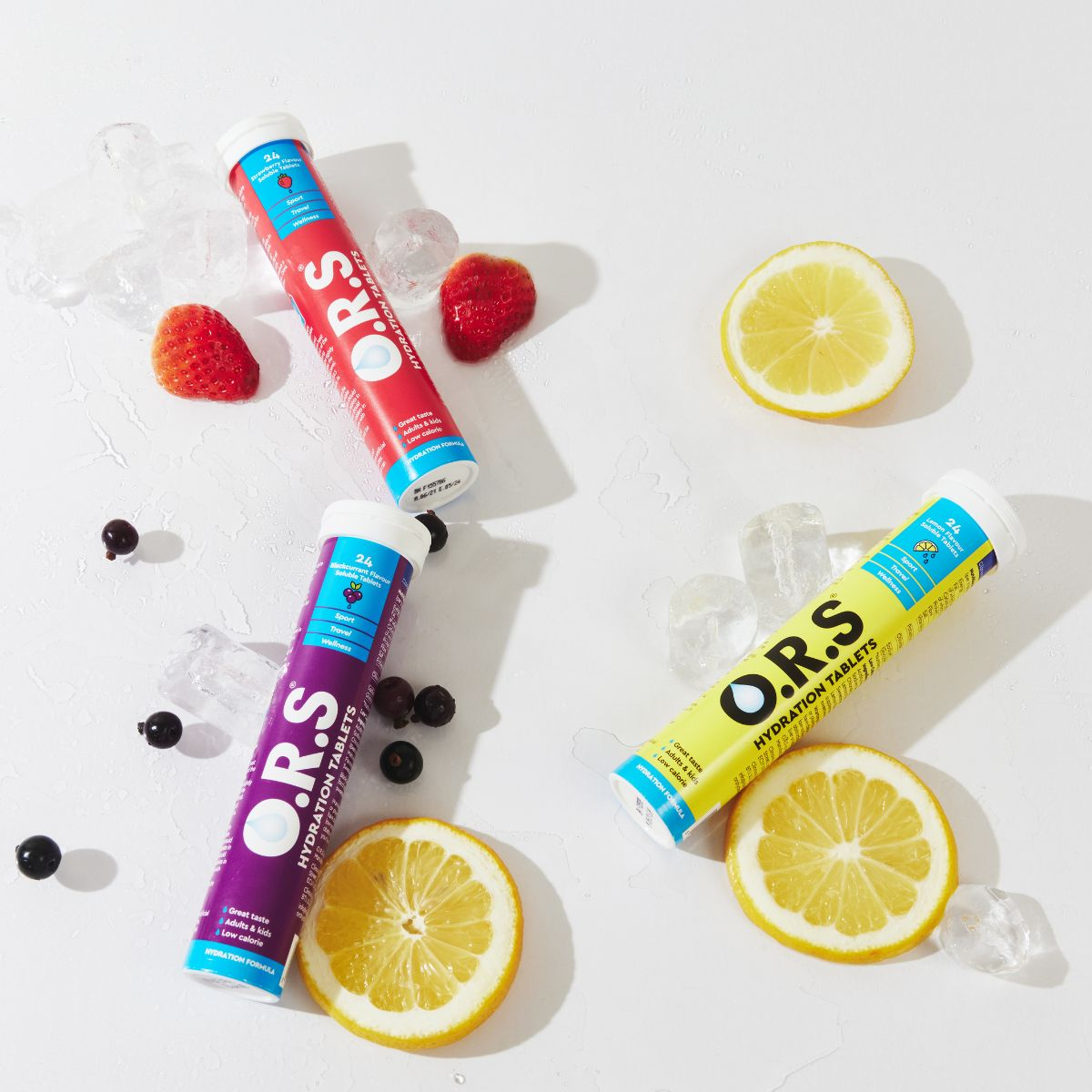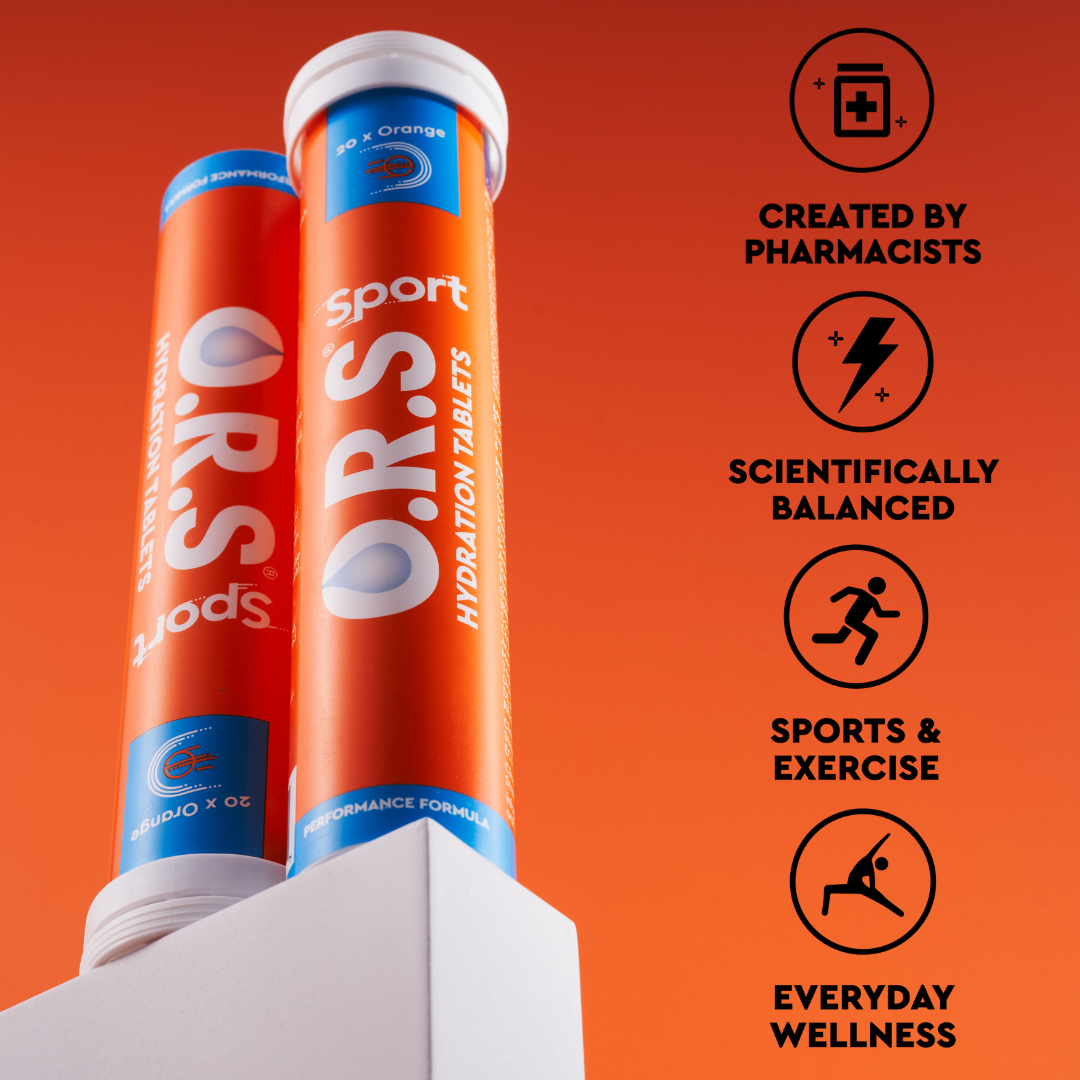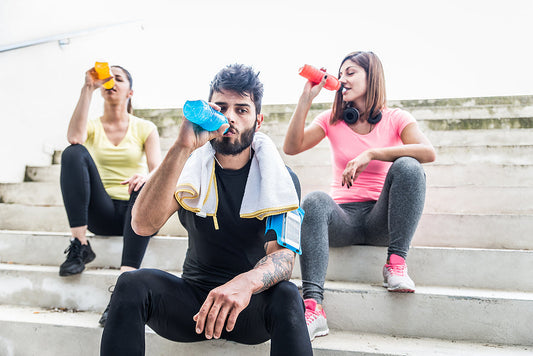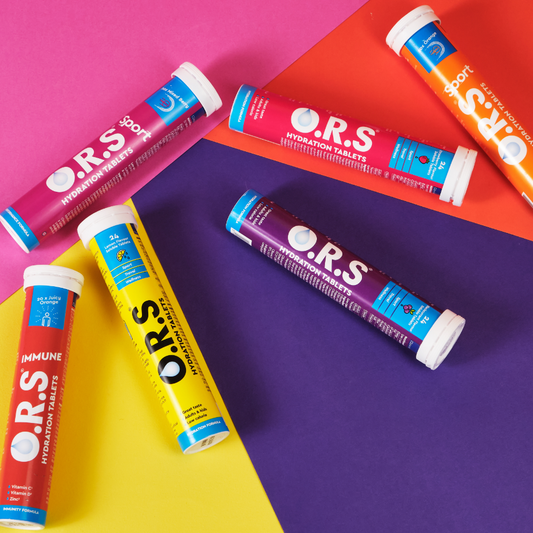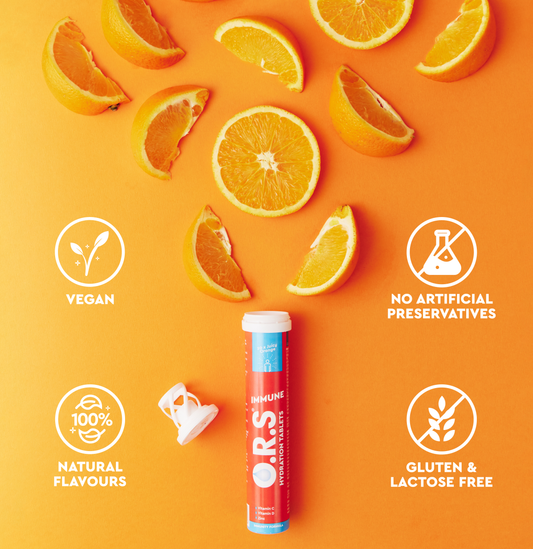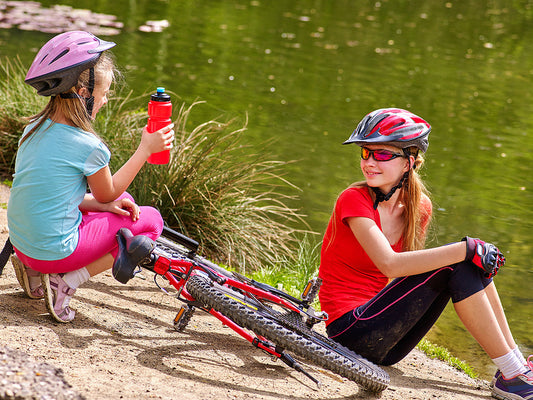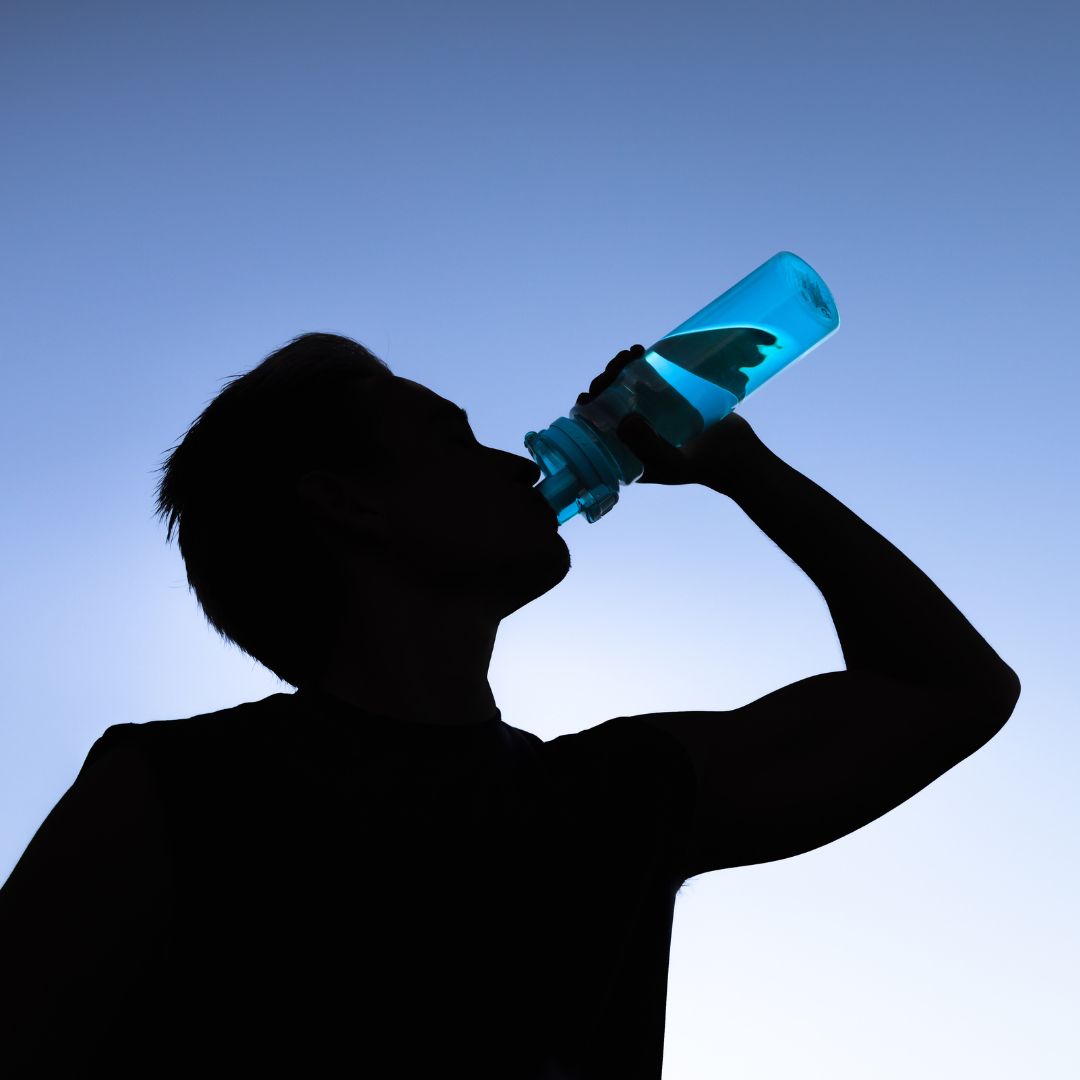
The Science Of Thirst: What Drives The Instinct To Drink?
Share
Thirst is the body’s primary signal to tell us that we need to take in more fluids. The urge to drink kicks in even when the body’s water levels drop only slightly, by about one or two per cent. This is because water is vital for the healthy functioning of all the major organs, and the body works hard to maintain optimum fluid levels.
A healthy person with average levels of activity in a moderate climate will usually have no problems staying hydrated, provided they drink when the thirst signal is activated. However, as we get older, the body’s finely balanced thirst regulation system gets weaker, increasing the chances that we are already dehydrated by the time we realise we are thirsty.
Young children can also be less attuned to their thirst signals. Even healthy people in the prime of life can sometimes struggle to drink enough water, particularly if they are busy and active, in a warm climate, or drink a lot of diuretic fluids such as caffeine or alcohol. This is why health professionals recommend the use of rehydration tablets in certain situations.
Here’s a more in-depth look at what is really going on in the body when we are thirsty, including the role that electrolytes play in keeping us hydrated.
What happens when we are thirsty?
The thirst drive is regulated by the hypothalamus, which is the part of the brain that also regulates body temperature, appetite, and the sleep/wake cycle. The sensors in the hypothalamus monitor the concentration of water and electrolytes such as sodium and potassium in the blood.
When there is insufficient water available in the body, the blood volume decreases and it cannot circulate as efficiently, and the heart has to work harder in order to pump blood to the vital organs. This can happen if we are losing excessive amounts of fluids through sweat, increased urination, or a sickness that is causing vomiting or diarrhoea.
In response, the hypothalamus releases an antidiuretic hormone called vasopressin, which tells the kidneys to conserve water and reduce urine output. The osmoreceptors sensors in the hypothalamus also detect changes such as low blood volume and a higher concentration of sodium in the blood, which triggers the instinct to drink fluids.
Why electrolytes matter
Quenching your thirst might seem to be a simple matter of drinking water, and of course this is crucial. However, plain water does not replace the electrolytes that are lost through sweat or other bodily fluids. These minerals, such as sodium, potassium, calcium, magnesium, and chloride are critical for a range of functions, including:
-
Muscle contraction
-
Nerve signalling
-
Maintaining the fluid balance between cells
-
Heartbeat regulation
If we are already dehydrated, drinking plain water can dilute the already low electrolyte content in the blood. Because the presence of electrolytes is necessary to move water from the gut to the cells where it's most needed, drinking plain water can actually slow down the rehydration process.
That’s why healthcare professionals recommend the use of oral rehydration salts such as electrolyte tablets to recover from illness or other episodes of sustained fluid loss, such as intense physical activity or heat exposure. This can help you to fully rehydrate within one to two hours, rather than the several hours it would take with water alone.
They are also beneficial for people who are not easily able to recognise thirst signals, such the elderly, and those with impaired cognitive function or memory loss.
The shortcut to good hydration
Staying well hydrated and maintaining your electrolyte balance can sometimes take more effort than simply drinking when you’re thirsty. Oral hydration supplements can keep your energy levels supported on busy or hot days, and will prevent unwanted symptoms of a fluid imbalance, such as lightheadedness, headaches, tiredness, confusion, and muscle cramps.
ORS tablets are available in three pleasant flavours, including lemon, strawberry and blackcurrant, with a science-backed formula that is safe for children to use. They contain a small amount of glucose to aid the rehydration process, but they are not loaded with sugar and calories like many sports drinks.
